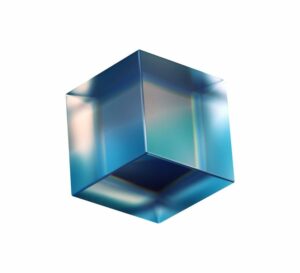A Generative Adversarial Network (GAN) is a class of machine learning models designed for generative tasks, where the goal is to create new data that mimics the characteristics of a given dataset. A GAN consists of two neural networks—a generator and a discriminator—that work in opposition to improve the quality of generated outputs.
How It Works:
- Generator: Creates synthetic data (e.g., images or text) from random noise, aiming to mimic the real data distribution.
- Discriminator: Evaluates whether the data is real (from the training dataset) or fake (from the generator).
- Adversarial Training: The generator improves by trying to fool the discriminator, while the discriminator gets better at identifying fake data. This adversarial process continues until the generated data is indistinguishable from real data.
Applications:
- Image Generation: Creating realistic images, such as faces or landscapes, from random noise.
- Data Augmentation: Generating synthetic training data for domains with limited labeled data.
- Super-Resolution: Enhancing the resolution of low-quality images.
- Video Synthesis: Generating realistic video frames.
- Style Transfer: Transforming images to adopt the style of a specific artist or genre.
Why It Matters:
GANs are groundbreaking in their ability to generate high-quality, realistic data. They have revolutionized fields like computer vision, art, and gaming by enabling the creation of synthetic data that is virtually indistinguishable from real-world examples.



